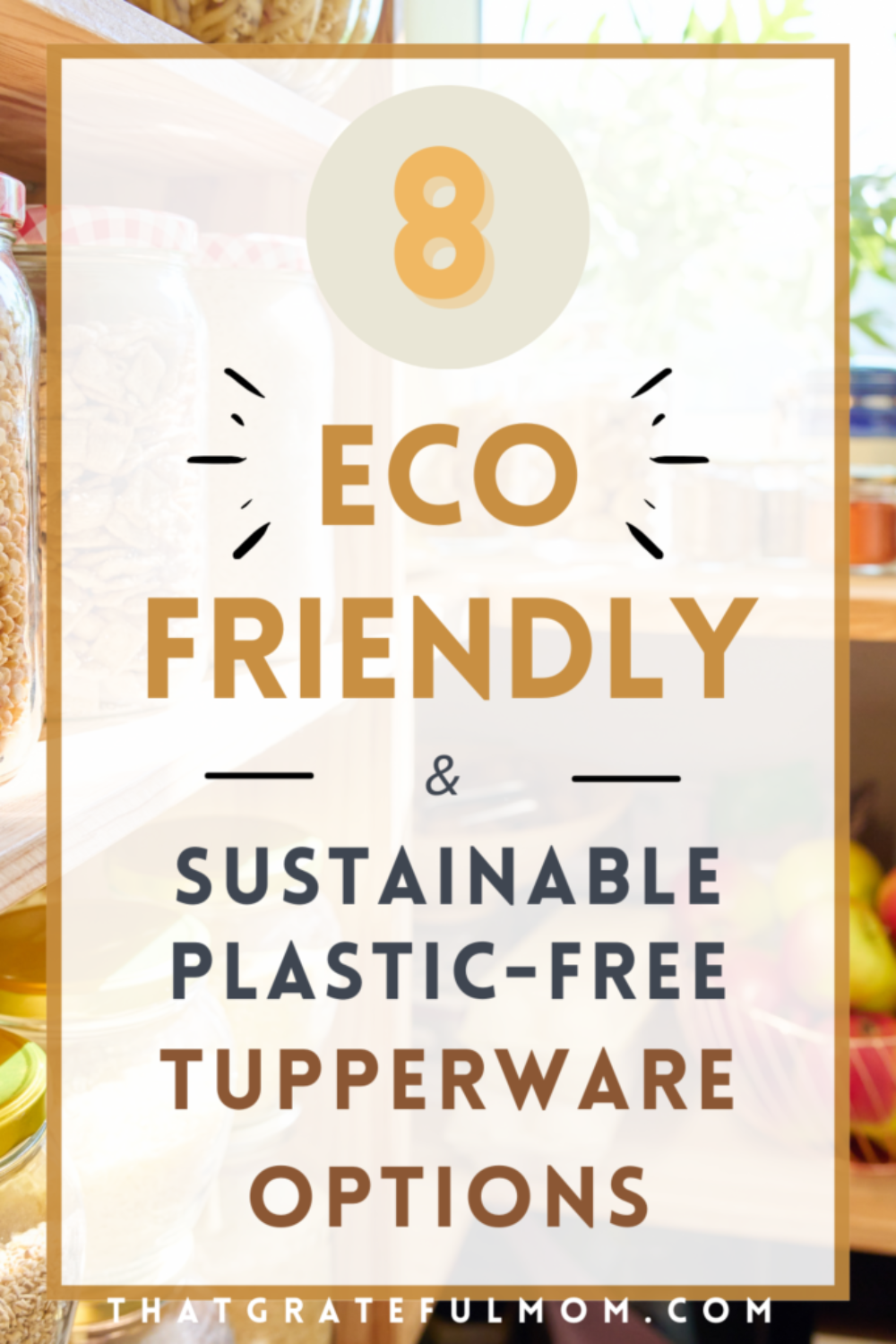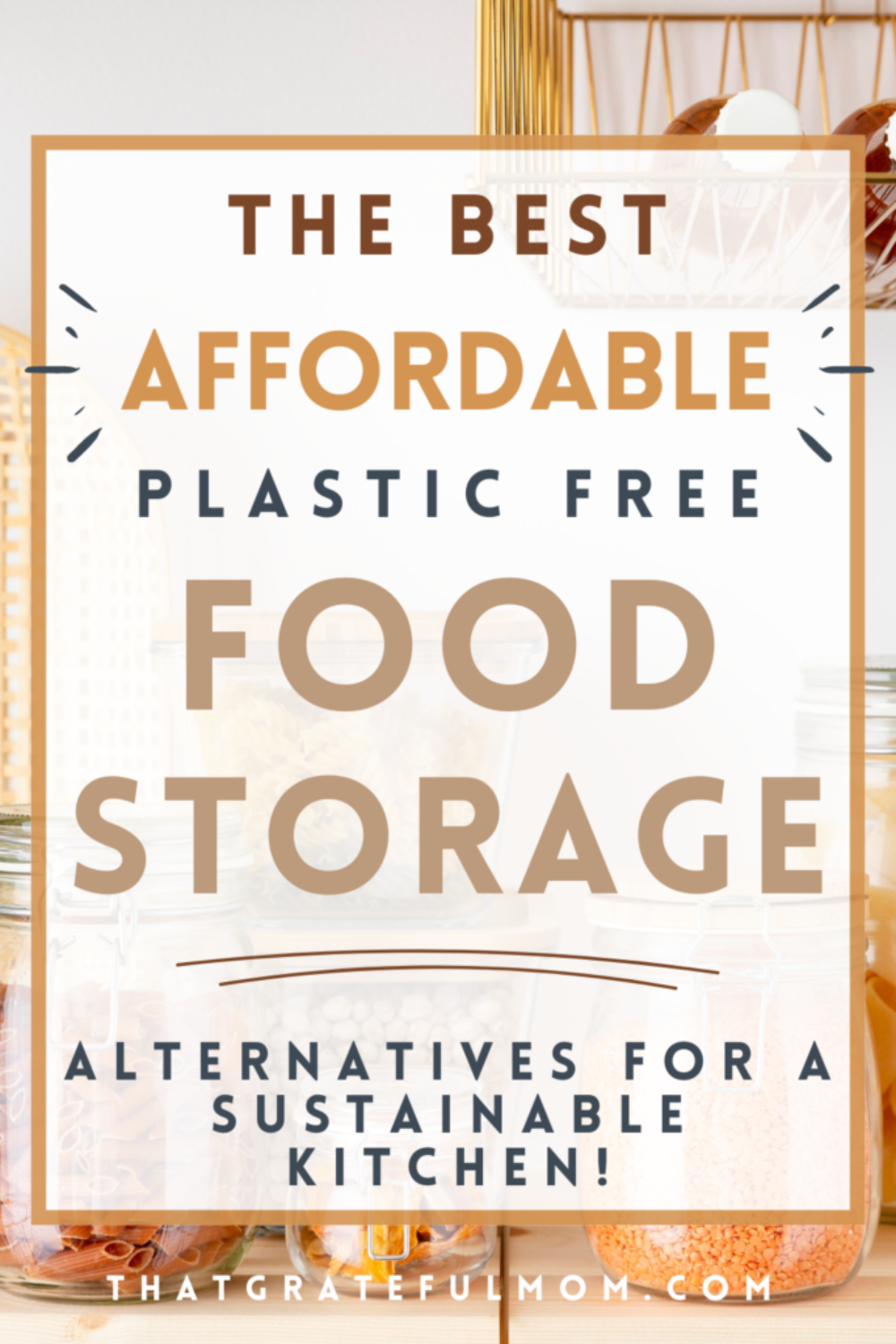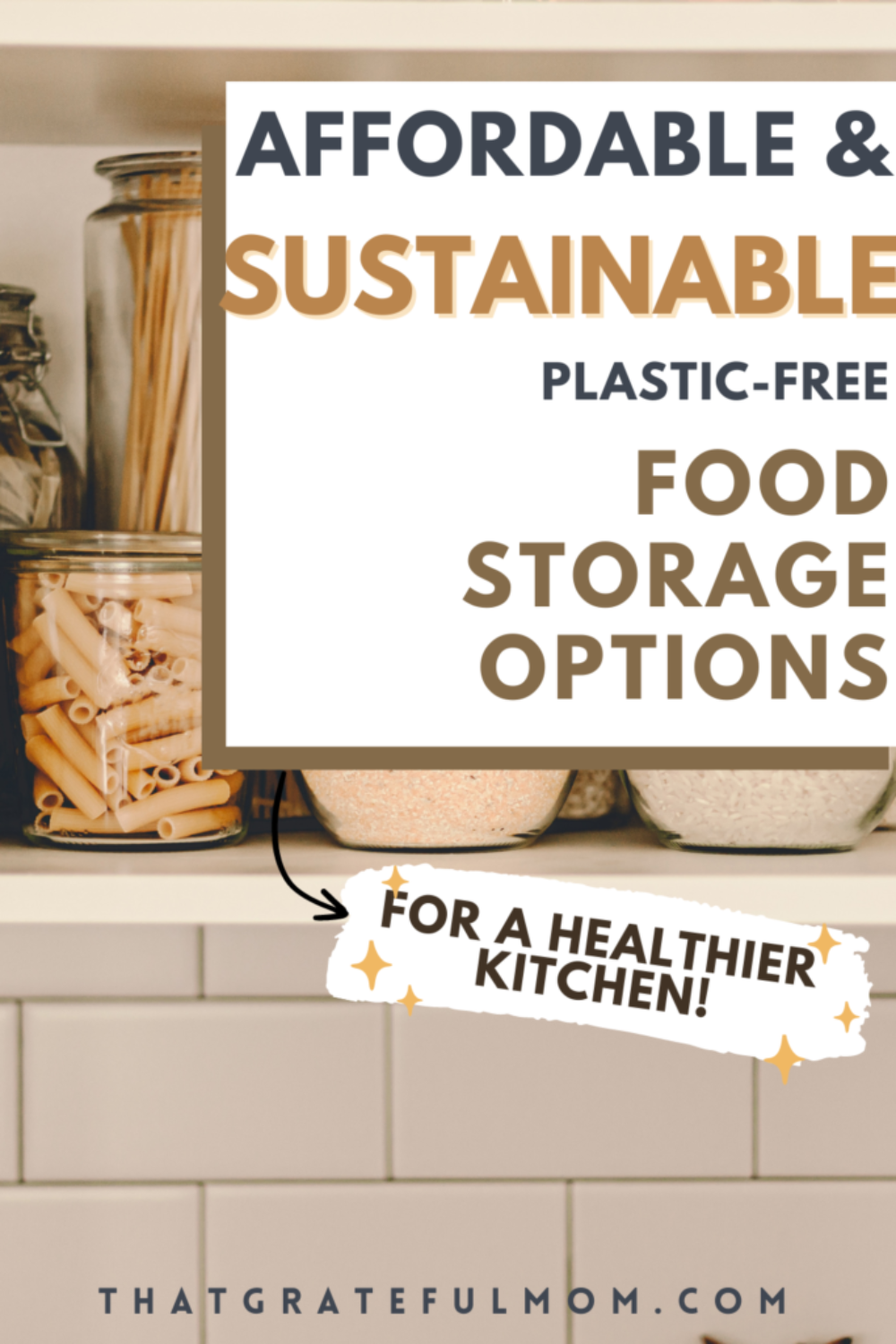Eco-Friendly Tupperware for Sustainable Food Storage
We are drowning in single-use plastics, and plastic consumption is at an all-time high. Using eco-friendly tupperware is a simple way to reduce single-use plastic waste and opt for more sustainable materials. Whether you’re meal prepping, storing leftover dinner, or sending loved ones home with Thanksgiving dinner, there are dozens of reusable containers to consider. Not only do eco-friendly food storage containers provide a positive environmental impact, but they also reduce your family’s exposure to harmful chemicals commonly found in plastic food containers.
Today’s post will share some of my favorite tupperware containers, as well as eco-friendly options that aren’t worth your hard-earned money. Because even though sustainable options are important to me, I am not willing to spend money on products that flat-out don’t work!
Before I share the good, the bad, and the downright ugly, I want to share that while we strive to reduce exposure to toxic chemicals, heavy metals, and other questionable ingredients, we are far from perfect. Our goal is always 80/20. 80% clean, non-toxic alternatives, 20% conventional or mainstream. That doesn’t always happen, though, and we’ve learned to accept what we can handle and let go of the rest.
I say this because I feel it’s important to be transparent with all of you so you know that it’s okay if you’re starting out making changes to your lifestyle. Do what you can, and forget about the rest for now.

What’s wrong with plastic?
Plastic often contains chemicals that are harmful to our health, such as BPA, PFAs, phthalates, and heavy metals. Even BPA-free plastic may contain other concerning chemicals, and heating or storing food in plastic containers can expose you to unnecessary harm.
In addition to safety concerns, only about 9% of plastic waste is properly recycled worldwide. Research also shows that microplastics end up in our water supply, exposing us and wildlife to toxins in our drinking water. Reducing our consumption of single-use plastic and opting for eco-friendly tupperware instead is an easy way to help make a positive impact on our environment. Today’s post will not share any all-plastic food storage options, but some may contain plastic lids for convenience.
Eco-friendly alternatives to consider
- Glass containers: One of the most popular plastic-free alternatives is glass storage containers. They are excellent for meal prep and leftovers, and most are heat resistant, making them perfect for reheating food. This is my personal preference, but they’re pricey, so I keep other alternatives on hand as well.
- Stainless steel containers: Sturdy and rust-resistant, stainless steel food storage containers are a great option. While easy to clean and long-lasting, they are not microwave-safe, and the contents should be placed on a plate or bowl made of microwave-safe material first.
- Silicone: Food-grade silicone is sturdy and flexible, and most are collapsible, making them a good choice for those with limited space. While not perfect, silicone is generally safe and less likely to break down into microplastics. If potential risk concerns you, just skip silicone containers.
- Ceramic containers: One option I don’t often see mentioned is ceramic! It’s a durable, heat-safe material that is also easy to clean.
Considerations when choosing eco-friendly food containers
Consider these topics when choosing the right eco-friendly tupperware for your food storage needs!
Variety of sizes and shapes: Do the tupperware brands you’re considering offer varying sizes and shapes that meet your storage needs?
Seal: This is important to consider as there may be times when traveling with food storage is necessary. Consider airtight lids, a silicone seal, or even glass jars with twist-off lids.
Price: Are the brands you’re researching affordable for your budget? If not, they may not be the best option for you.
Length of life: How durable and long-lasting are the reusable food containers? If they’re affordable but only last a year, a better option would be to find a brand that has a warranty or some sort of guarantee that their containers last for years to come.
Personal preference: Consider what is most important to you. Do you want containers you can see through? Are you looking for a certain aesthetic?
Cleaning: This is huge for me as I have a big family and do a lot of dishes. I need eco-friendly tupperware that’s durable as well as easy to clean. I don’t want a product that stains, holds on to odor, or doesn’t release food particles.
The best eco-friendly tupperware may not be the best option for you. If having glass isn’t practical because you’re worried about it breaking, then it’s not worth it to invest in glass. The important thing is to find what product and material work best for you and your needs, regardless of how ‘perfect’ they are for the environment. If you’re replacing them constantly because they don’t work for you, then that’s not very eco-friendly.
The best eco-friendly tupperware alternatives
Here are my favorite plastic-free food containers that are worth researching. Take a look at the list and consider ditching single-use plastics for one of these alternatives.
Glass jars

Containers like glass jars are an excellent option for storing fresh produce and liquids like soup or smoothies. They are versatile, affordable, and stored easily. Additionally, glass jars are easy to find secondhand, making them a sustainable alternative!
Glass food storage containers

I prefer glass containers over most eco-friendly tupperware options. I like that they come in various sizes, have a leak-proof seal, and are easy to clean. I’ve had a few sets over the years, and Snapware is among the best options available at an affordable price.
Silicone bags

I’m going to be completely honest—I loathe reusable sandwich bags. They are difficult to clean, don’t seem to seal properly, and are a huge pain. However, I know plenty of people who have experienced the exact opposite and love them! Stasher bag is the highest-rated reusable bag, but you’ll be paying extra for the name brand. I will say they are durable, dishwasher safe, and last. They’re still a hard no for me.
Beeswax wraps

Reusable wax food wraps are so cool! I love that they can be used for years and then composted when they’ve reached the end of their usability. They become more pliable as they heat up, so make sure to wash them with cold water. The only downside to reusable food wraps is they are more likely to hold on to scents and stains. There are also vegan options available, or you could make your own.
Silicone lids

Silicone lids are a game-changer in our house! I love that they stretch over jars and mixing bowls, creating an airtight seal. They’re affordable and last for years, reducing the need for plastic wrap.
Stainless steel containers

Made from durable materials, plastic-free, and easy to clean, stainless steel containers are one of the best eco-friendly tupperware options available. One of the only drawbacks is that being made from metal, they are not microwave safe. Just make sure not to heat them in the microwave, and you’re all set!
Ceramic containers
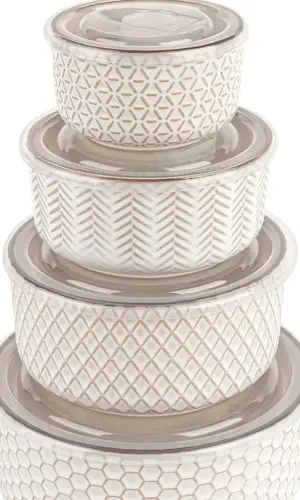
While somewhat fragile like glass, ceramic is an excellent option to consider! It is versatile, easy to clean, and perfect for hot soup. I suggest using these at home and skipping trying to transport them, but definitely research ceramic as you start replacing your plastic containers.
Reusable shopping bags
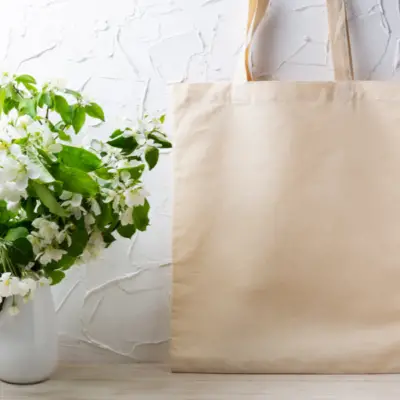
Where I live, disposable plastic bags are banned, and paper bags cost $0.10 each. That really starts to add up when you grocery shop as much as we do, so reusable bags are the best option. Most stores sell their own branded bags, but I prefer canvas bags because they’re sturdy and don’t rip as easily. Some of my favorite cloth bags are from Trader Joe’s, but I’ve also purchased a set from Amazon to keep in my car.
Here are some commonly asked questions regarding eco-friendly tupperware.
What about water bottles and cups?
Is silicone dishwasher and microwave safe?
Most food-grade silicone is dishwasher and microwave-safe, but it’s best to check with the manufacturer to be sure. This information should be readily available on their website or the product’s packaging.
How often does eco-friendly tupperware need to be replaced?
Final thoughts
Whatever product is the right container for you, eco-friendly practices, like reducing plastic pollution, are good for everyone. I hope today’s post on eco-friendly tupperware options has helped you research safe alternatives and find some good options to consider. If you have any suggestions I should add to the list, let me know in the comments below! Thank you so much for being here today.
This site may contain links to affiliate websites including Amazon. I may receive an affiliate commission for any purchases made by you through Amazon or other potential affiliates and no additional cost to you. Thank you for your support.

